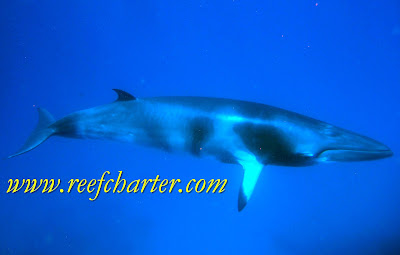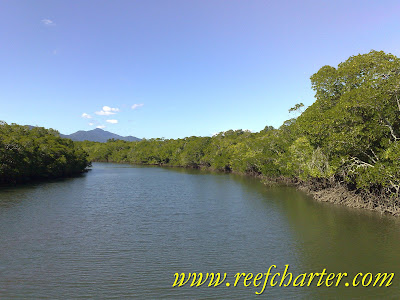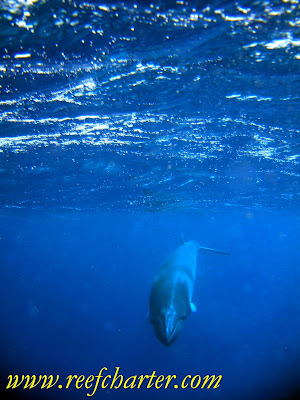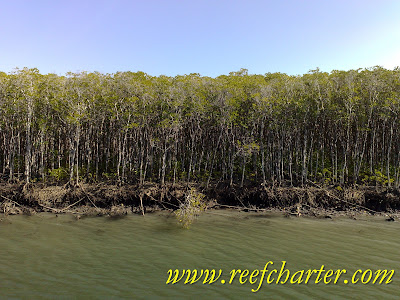The Great Barrier Reef and other reefs throughout the world are delicately balanced ecosystems and while they are spectacular as well as resilient, we must do our best to leave them as we found them. We compiled this list of reef safe diving practices to enable the reefs of the world to be enjoyed for years to come.
* Move slowly and deliberately in the water, relax and take your time – relax and avoid rapid changes in direction.
* Avoid making sudden or loud noises underwater.
* Avoid leaning on, holding onto, or touching any part of the reef. This needs to be adhered to especially when taking underwater photographs.
* Avoid touching the walls of semi-confined areas (for example, small swim throughs or overhangs) – never squeeze through a small area.
* Avoid kicking up and disturbing the sand.
* Avoid touching any animals or plants.
* Do not feed fish or other wildlife.
* Stay more than one metre away from giant clams and reefs.
* Keep clear of free-swimming animals (such as turtles, whales, and sea snakes). In particular, you must not chase, ride, grab or block the path of these animals.
* Do not wear gloves (unless they’re required for safety reasons) as you are less likely to touch the coral.
* Avoid collecting any shells, coral or ‘souvenirs’.
* Avoid relocating any marine life – particularly when taking photos and filming.
* Collect all litter from the Reef, even that which isn’t yours.
* Do not feed the fish.
Month: June 2009
Pre-Season Tour Update
Well, first of all my apologies over the last couple of weeks for not keeping the blog up to date however we have been focussing on maintenance with Santa Maria for the upcoming season. She has had the hull sanded back and painted afresh removing years of built up of paint. The top deck paint has been retouched and some other minor maintenance has been carried out.
The upcoming season looks to be another busy and exciting time, with bookings for our reef trips selling out fast. The year so far has had some great marine sightings including birds, whales, turtles, dolphins and of course countless other species of the reef. Many of these creatures have to be seen to be believed, their behaviour is quite extraordinary and fascinating to watch. Entering their peaceful and relaxing environment and seeing their interactions and relationships that have developed over the centuries is quite amazing.
That’s a quick update for now. So make sure that you make the time, come down to Australia and treat yourself to an adventure you will remember for a lifetime. We look forward to meeting you and relaxing on the deck in the afternoon after a great day of exploring the reef, maybe enjoying one of our fantastic sunsets.
Minke Whales – Species of the Reef

More on the Dwarf Minke Project can be found at the CRC Reef Research website.
Water Filters for the Reef – Mangroves

The seeds drop to the mud or water and can float until they are washed to a suitable bank where they will then grow.
The picture below shows the dense mangrove forest with the individual trees packed together closely competing for both sunlight and forming a dense root system.

